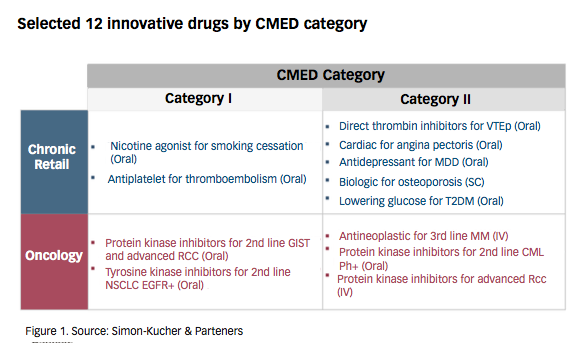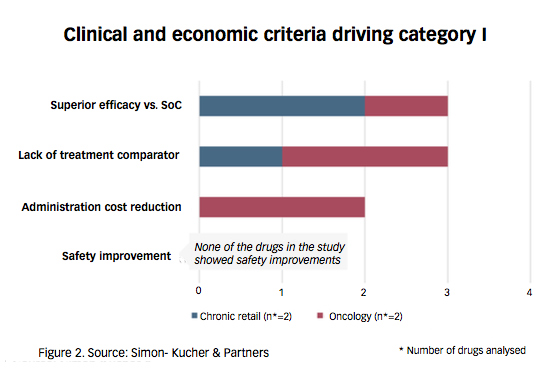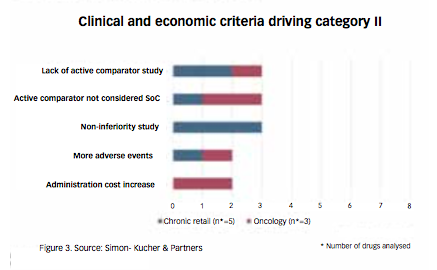CMED: The ‘Curupira’ of Brazil’s Pharma Market
Pharmaceutical Executive
Outlining one country’s unique price-setting model for novel drugs-and the resulting pre-launch strategies for manufacturers.
A look at a unique price-setting model for novel drugs and resulting pre-launch strategies
If you think of Câmara de Regulação do Mercado de Medicamentos (CMED), the regulatory chamber of the medicine market, as a gatekeeper for pharmaceuticals in Brazil, a resemblance to Curupira emerges.

Curupira, according to the mythology of the tribe Tupi-Guarani, is the protector of the Amazon forest. A red-haired dwarf with feet facing backward, to lose those who try to follow his trail.
Like Curupira, the CMED decisions barely leave any trail behind, despite being designed to establish rules for drug pricing in the pharmaceutical market.
The chamber defines ceiling prices, benchmarks for wholesale and retail commercialization, and the minimum mandatory discount for purchases in the public healthcare system. Drug list prices are published, but the underlying assessment per drug is only communicated to the manufacturer, leaving most decisions a well-kept secret.
Understanding CMED nuances
CMED defines pricing rules according to drug categories. Innovative drugs with a patent may achieve Category I or II. Category I is attributed depending on either one of the following three factors: (1) the ability to demonstrate efficacy superiority; (2) safety improvement; or (3) cost reduction over treatment comparators. If none of these criteria is met, then patented drugs are assigned Category II.
Achieving Category I is nevertheless very difficult: the only report disclosed by CMED shows that less than 7% of the 209 new patented drugs, assessed from 2004 to 2011, achieved Category I.
According to CMED rules, Category I drugs are priced based on the lowest international price in a basket of nine countries plus the country of origin. For Category II drugs, international price reference may also apply, but only if prices are lower than local treatment comparators. The average price reduction between the price requested and final approval was 18% for Category I drugs and 37% for Category II.
However, one thing is what is written on paper, another thing is what we will discover once you embark on the adventure of exploring the actual decision-making based on clinical studies and historical prices at launch for 12 selected innovative drugs.
Click to enlarge

In order to offer a view on different clinical and economic aspects, Simon-Kucher selected four Category I and eight Category II drugs among chronic retail and oncology indications (see Figure 1). Pre-defined criteria on efficacy, safety, and treatment cost provided a comparable framework to assess the performance of each drug among indications.
Finally, a retrospective assessment on clinical studies, historical prices from reference countries, and local treatment comparators identified the most common factors driving CMED pricing outcomes.
Gain in efficacy, safety, or cost reduction?
The most common factor driving CMED Category I designation is a clinical study showing superior efficacy vs. standard of care. However, if there is no efficacious standard of care available for an indication, then achieving Category I is also possible, though difficult, for placebo-controlled studies.
Click to enlarge

In any case, all drugs achieving Category I demonstrated superior efficacy based on “hard” endpoints in their indications, like survival data for oncology or mortality for cardiovascular diseases (see Figure 2). There was no clear threshold in performance to achieve Category I, as this varied according to the level of unmet need per indication, comparator arm, and selected endpoints in the trials.
However, a few questions still remain. Arguably, no drug analyzed by Simon-Kucher showed significant improvement on safety. CMED most likely only sees this criterion as relevant for drugs showing a clear benefit over established treatments with frequent or severe adverse events.
Local and global prices
CMED enforces the lowest international price reference for both Category I and Category II drugs. Category II drugs are also constrained by the prices for local treatments (see Figure 3). However, in a few cases, CMED provided flexibility to accept the highest price among different comparators, e.g., the first-in-class direct thrombin inhibitor, awarded Category II, launched with a 10% higher
Click to enlarge

price in Brazil than in Spain.
However, the benchmarking of local price comparators for Category II is still the most common, and has resulted in the past in large discounts to chronic retail products. The only exception was an oncology agent for multiple myeloma that obtained the lowest international reference price (from the US) because the only local comparator for its same indication was a generic.
Finally, there is no evidence that generics have been used as local price comparators for Category II drugs. CMED has not set the price for any innovative drug studied at the level of generic comparators. The chamber seems to consider R&D costs for new patented drugs and, thus, compares these with other branded drugs.
A successful price-setting strategy
Just like the tribe Tupi-Guarani learned how to respect Curupira in the forest, manufacturers can benefit from some practical advice for price negotiations with CMED. This is important as the price will have a major impact on the long-term revenues of any new drug. Therefore, we recommend to carefully examine the three following items in order to increase the chances of a successful launch in Brazil:
- Optimize Brazil’s position in the international launch sequence. CMED accepts the price for an innovative drug once it is available in at least three reference countries, with no reassessment after launch. Additionally, Brazil is not a price reference for any developed country or major emerging market. Consequently, launching fast in Brazil after countries with high price potential can optimize the price negotiations with CMED and does not pose risks to any large market.
- Target Category I only if required evidence is available. CMED mostly grants Category I for drugs showing superior efficacy over the standard of care. Drugs with placebo-controlled studies may achieve Category I only if no other efficacious treatment is available. Safety improvement and treatment cost reduction might only be fair Category I criteria for drugs bringing a large benefit for the indication. Otherwise, forecasting for Category II achievement is the most reasonable strategy, despite potential upside scenario of successful application for Category I.
- Justify the highest price benchmark versus an acceptable comparator. Regardless of Category I or II, innovative drugs may achieve price parity to the highest price benchmark between the lowest international reference and selected local comparator, if it demonstrates strong clinical advantage or if only old treatment alternatives are available. Manufacturers must communicate and demonstrate with robust evidence the unique value proposition of the drug to convince CMED not to enforce the lowest price benchmark.
CMED’s price decisions, despite being secretive, abide by the rules. The gatekeeper for pharmaceuticals in Brazil has allowed for few exceptions. On the one hand, there is little room for high premiums, but on the other, outcomes are possible to anticipate. Given how relevant the list price is for the commercialization strategy of innovative drugs, manufacturers should conduct a pre-launch study on the therapeutic value and international prices of their products to explore the full price potential.
Rafael Alencar is Director, Mariana Torgal is Manager, and Catarina Costa Pinheiro is Consultant; all with Simon-Kucher & Partners, São Paulo, Brazil
